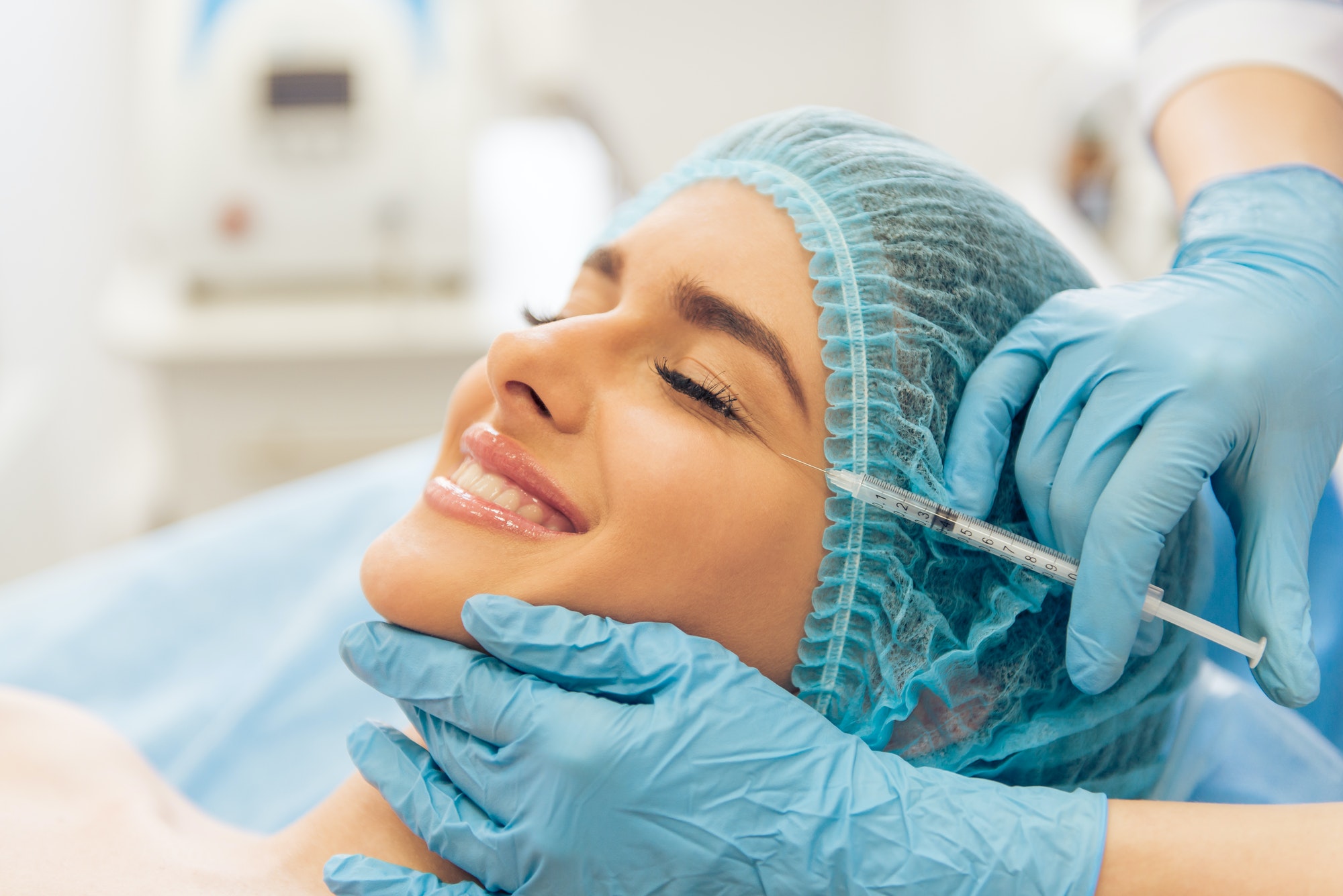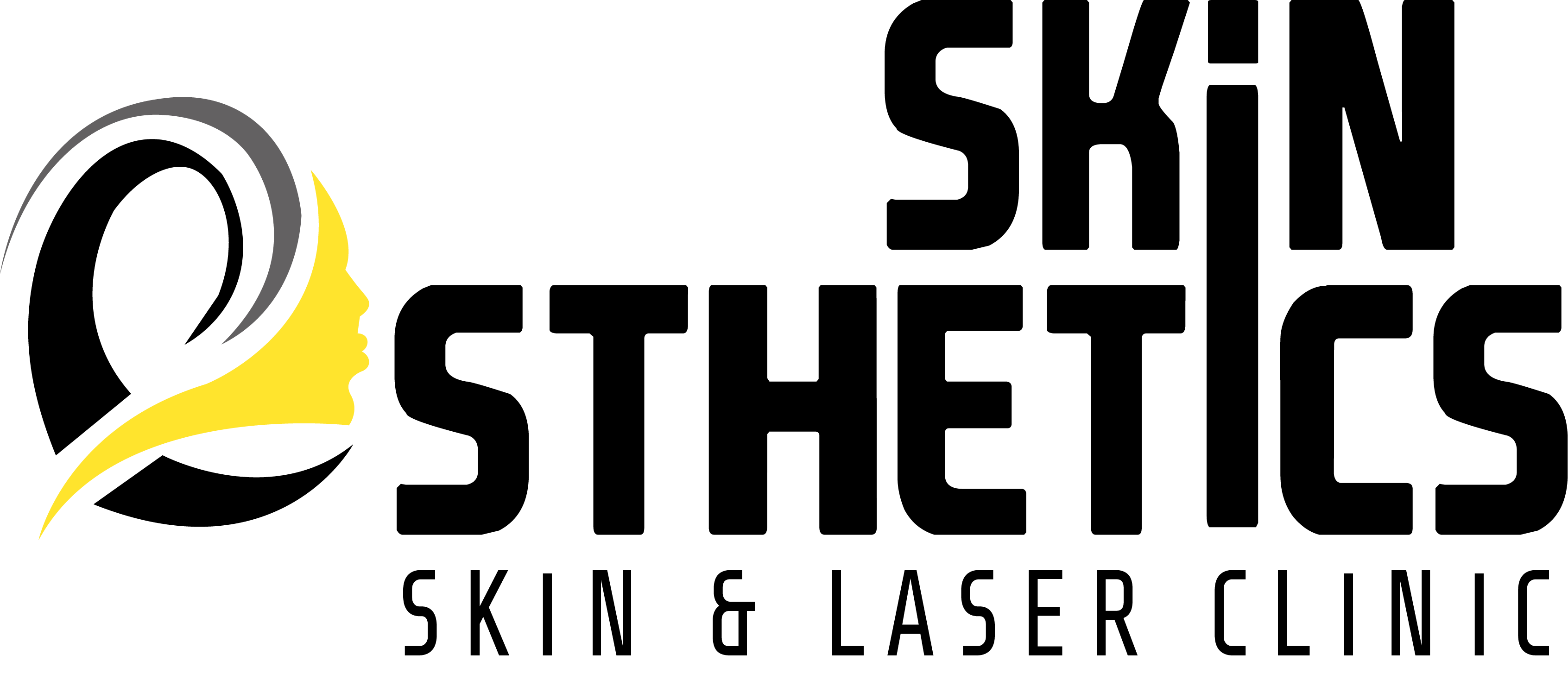Understanding Hyperhidrosis in Islamabad
Are you tired of experiencing excessive sweating without warning? Hyperhidrosis is a common condition characterized by uncontrollable sweating, often without any apparent reason. This condition can be embarrassing, painful, and affect your daily life.
Fortunately, there are effective Hyperhidrosis Treatment options available in Islamabad. From specialized antiperspirants to cutting-edge therapies, you can take control of your symptoms and regain confidence.
Don’t let hyperhidrosis hold you back. Explore your treatment options and start living the life you deserve.

What is Hyperhidrosis?
Hyperhidrosis is a condition where the sweat glands in your body overreact, leading to excessive sweating. People with hyperhidrosis tend to perspire heavily, often in situations where others wouldn’t, and frequently without any apparent reason.
In some cases, excessive sweating can be triggered by underlying health issues or emotional factors, such as anxiety. For many individuals with hyperhidrosis, managing symptoms can be a significant challenge.
What is Focal Hyperhidrosis?
What is Generalized Hyperhidrosis?
Causes:
- Diabetes.
- Hot flashes with menopause.
- Thyroid issues.
- Some cancer kinds.
- Neurologic conditions.
- Infections.
What Parts of the Body Does Hyperhidrosis Affect?
- Armpits (axillary hyperhidrosis) (axillary hyperhidrosis).
- The soles or bottoms of the feet (plantar hyperhidrosis).
- Forehead, cheekbones, and other facial features.
- Genitals.
- Palms and undersides of the hands (palmar hyperhidrosis).
Treatment of Hyperhidrosis
Laser Treatment:
1. A small incision is made, and a thin cannula with an optical fiber tip is inserted.
2. A laser with specialized wavelengths is passed through the cannula, targeting and destroying the sweat glands.
3. The damaged sweat glands are then carefully removed using the cannula.
Lontophoresis:
1. Soak your hands or feet in a pan of water for 20-40 minutes.
2. A prescribed device sends a gentle electric current through the water.
3. Repeat the procedure 2-3 times a week until symptoms improve.
Maintenance and Follow-up: Once symptoms improve, you can reduce treatments to once a week or every other month to maintain results.
Important:
If you experience any side effects, consult your healthcare professional for guidance.
Botox for Sweaty Glands:
Microwave treatment:
Brain Surgery (sympathectomy):
Medications Treatment:
- Prescription antiperspirant.
- Prescription creams and wipes.
- Nerve-blocking medications.
- Antidepressants.
- Botulinum toxin injections.
Outcome:
Factors Influencing Cost:
- The fee is charged by the operating or consulting physician.
- The price of the supplies required for treatment
- Treatment method recommended
- how many body parts need to be treated
- The number of treatment appointments required
- The location of the clinic and the services it provides
- The outcomes you hope to achieve.
- The tools needed to perform surgical procedures
Book Your Appointment With Us!
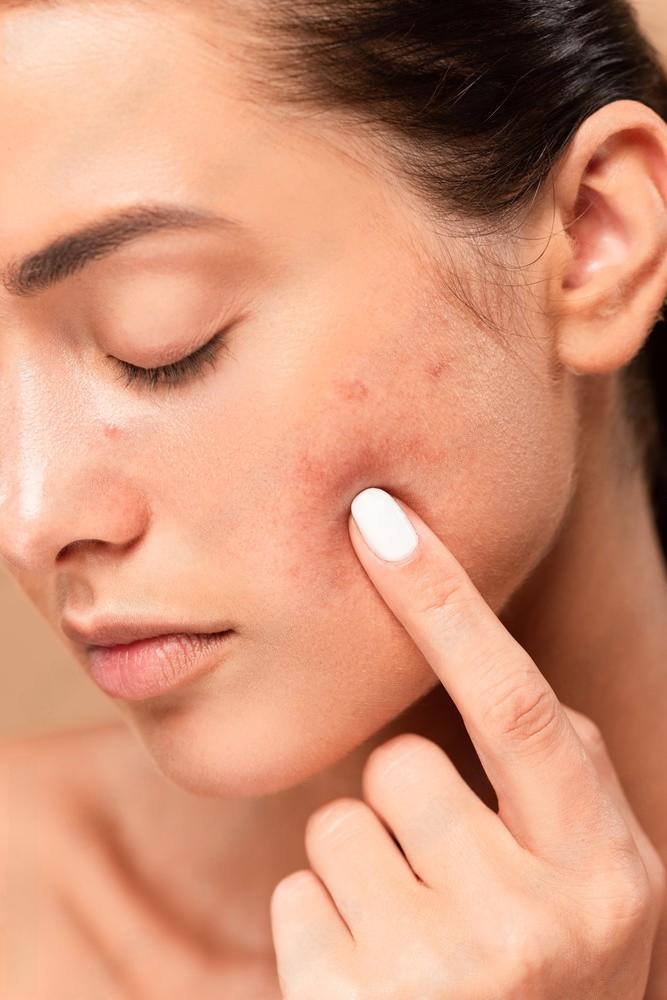
Understanding Acne: Causes, Treatments, and Prevention

Summer Skincare Tips: How to Beat the Heat
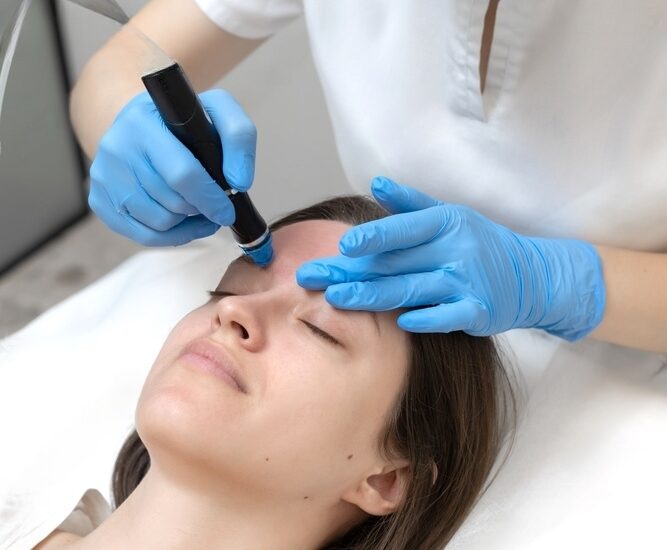
Hydrafacial for Acne-Prone Skin
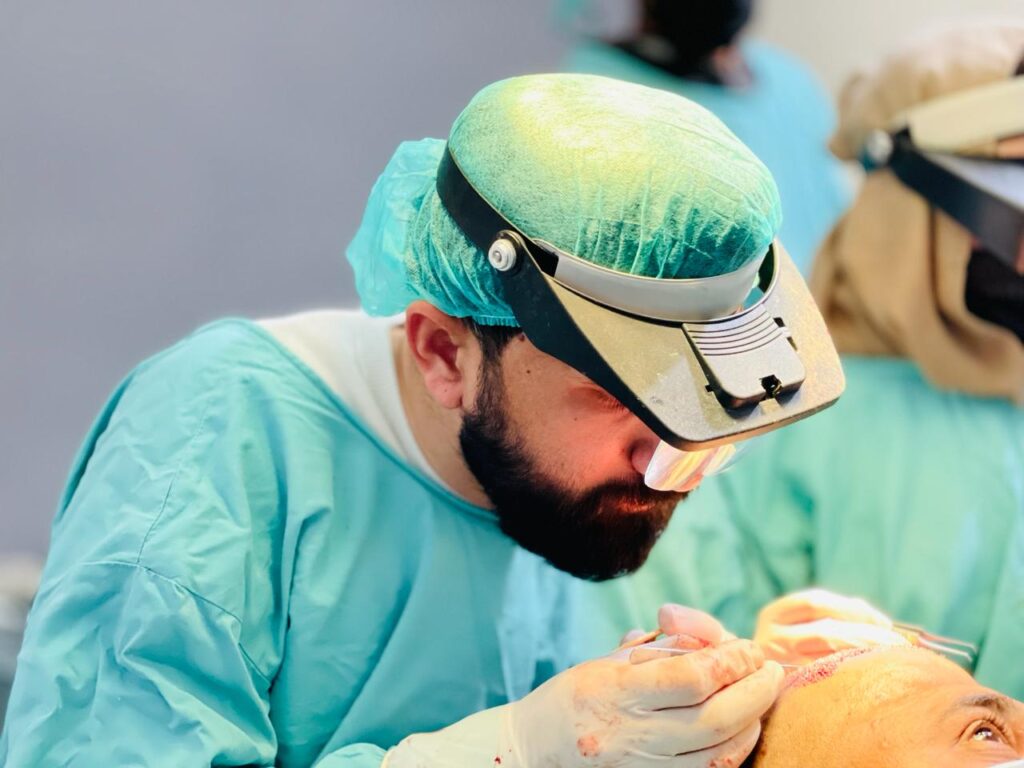
Hair Transplant Techniques: FUE vs. FUT Explained
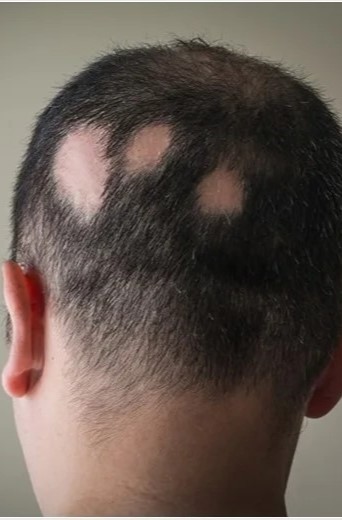
Understanding Alopecia: Types, Causes, and Treatment Options
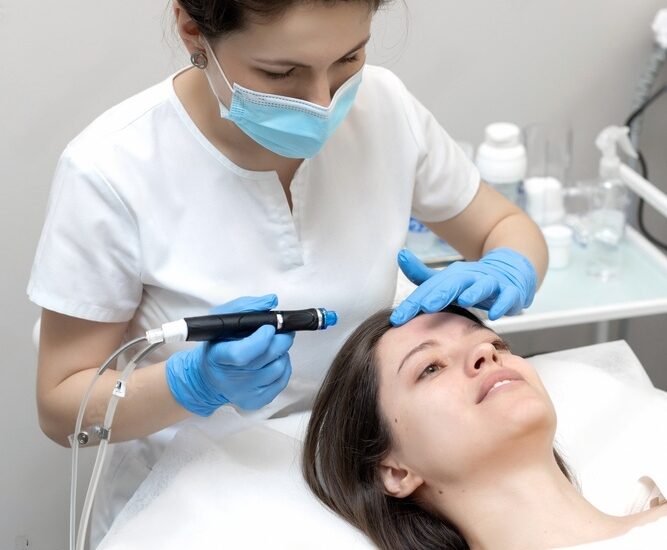
Hydrafacial: The Ultimate Treatment for Healthy, Glowing Skin
The Importance of Regular Skin Check-Ups: Why Dr. Abbas Shah Recommends Them

Acne Treatment
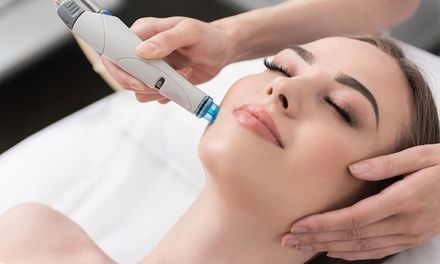
Hydra Facial
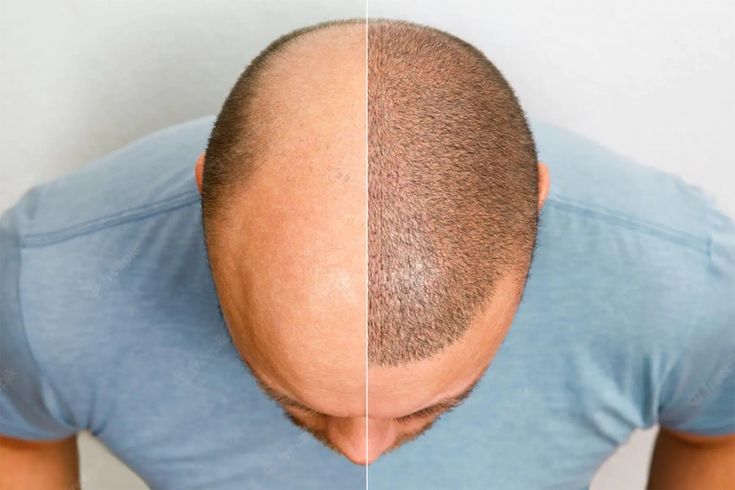
Micro Hair Transplant
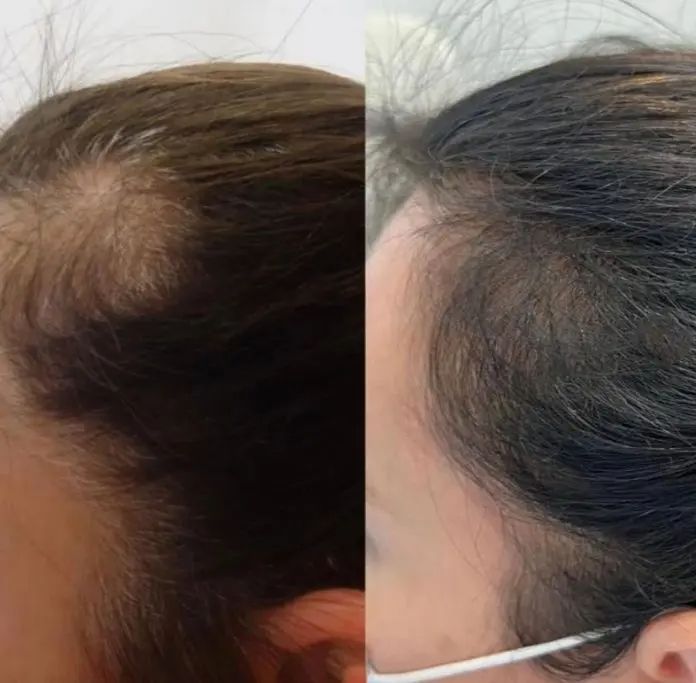
Alopecia
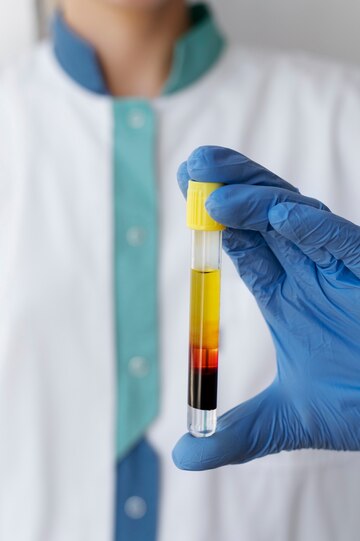
PRP Therapy
